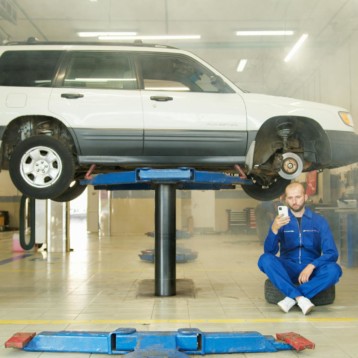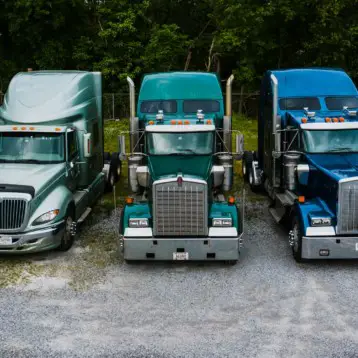
In the realm of logistics and transportation, prioritizing safety is crucial. One aspect that often gets overlooked is the utilization of winch bars. These uncomplicated tools play a significant role in securing cargo during transit. However, if mishandled, they can pose significant risks to those operating them. In this article, we will delve into why using winch bars correctly is essential and discuss some safety measures to uphold tension.
Significance of Winch Bar Handling
1. Minimizing Potential Injuries
Mishandling a winch bar can result in a range of injuries, from muscle strains to crushed fingers, and severe outcomes in extreme scenarios. By mastering winch bar techniques and consistently following them, operators can significantly decrease the likelihood of these accidents that can have life-altering consequences.
2. Protecting Cargo from Damage
Improper use of winch bars may also lead to harm to the cargo being transported. When excessive force or incorrect angles are applied, the cargo could shift out of place. Become dislodged altogether. This not only poses a risk on the road but also jeopardizes the integrity of the cargo, potentially causing financial setbacks for involved businesses.
Recommended Safety Measures for Winch Bar Usage
1. Inspecting Equipment Before Use
Before you start working with a winch and its accompanying bar, it’s important to check both the equipment and the area where you’ll be using it. Look for any signs of wear and tear or damage on the handles, hooks, webbing straps, or chains to ensure everything is in condition before you begin.
2. Using Body Mechanics
When handling a winch bar, always remember to use body mechanics to reduce strain on your muscles and joints. Stand close to where you’re exerting force to maintain stability and control throughout the process.
3. Wearing Gloves for Protection
It’s crucial to wear gloves when operating winch bars as they provide both grip and protection. Opt for gloves specifically designed to prevent slipping and offer cushioning for your hands in case of movements or unforeseen incidents.
4. Placing the Winch Bar Thoughtfully
The correct positioning of the winch bar is essential for distributing force across the cargo securing system. Make sure it is aligned parallel to the winch drum tracks and handle it with pressure for safety and efficiency.
5. Know the Limitations of Your Equipment
It’s important to understand the capabilities and restrictions of your equipment to ensure operations. Always refer to the manufacturer’s guidelines regarding weight limits and load capacities when using a winch bar. Avoid surpassing these specifications to prevent equipment failure and potential serious repercussions.
6. Work Together as a Team
Teamwork is essential in a fast-paced transportation setting during cargo loading and unloading processes. Establish communication channels with your colleagues involved in securing loads identify risks, and coordinate actions accordingly.
7. Emphasize Training and Safety Culture
To embed winch bar usage practices within logistics and transportation operations ongoing training and creating a safety conscious environment are key. Conduct training sessions to educate staff on the methods of using winch bars and stress the importance of safety protocols during cargo securing procedures.
8. Encourage Open Communication
Encourage an open discussion among team members where they can openly talk about their safety concerns or share their experiences with winch bars. Promote reporting of misses or unsafe behaviors to pinpoint areas for improvement. Furthermore, offer resources, like manuals, instructional videos, and visual aids that illustrate safe winch bar handling techniques. To encourage habits, incorporate reminders into work routines and put up signs displaying safety guidelines in relevant areas.
Conclusion
Recognizing the significance of using winch bars is crucial for ensuring safety in logistics and transportation operations. By following practices such as inspecting equipment before use wearing gloves using proper body mechanics positioning the winch bar with care, understanding equipment limitations, and working together as a team, operators can greatly minimize the risk of injury or damage to cargo during transportation.
It is vital for businesses in this sector to continually promote safety education programs that train all personnel involved in securing cargo. By increasing awareness and consistently following practices we can focus on prioritizing safety rather than dealing with preventable accidents or their aftermath.










